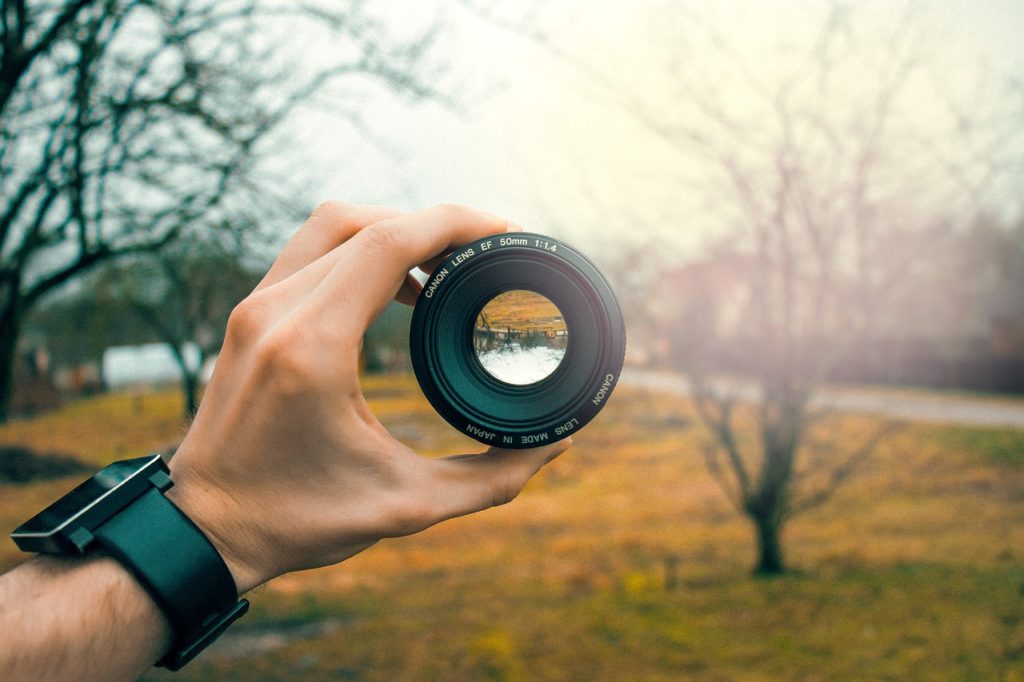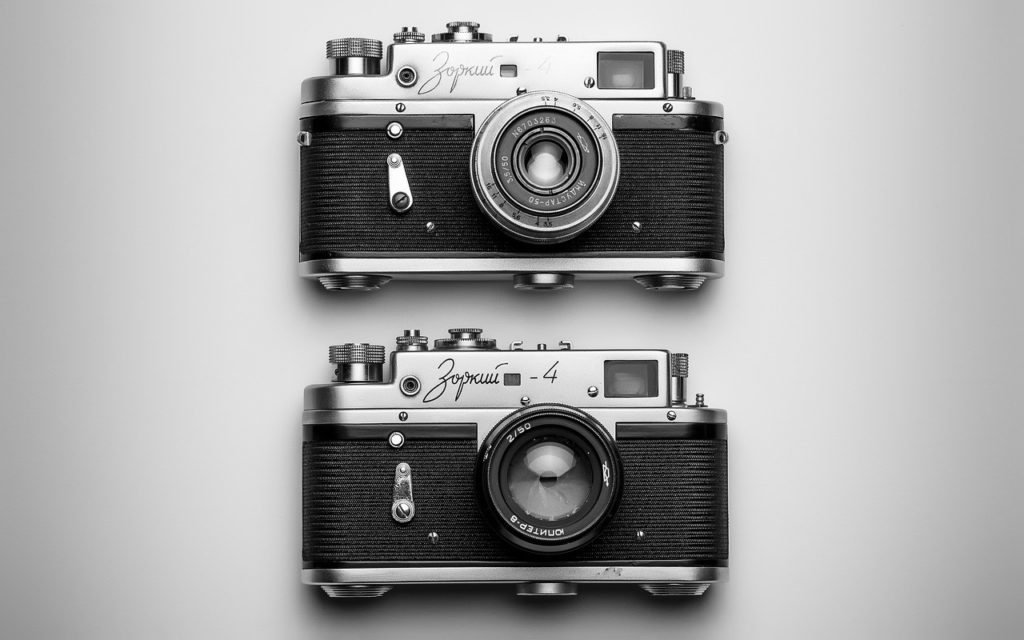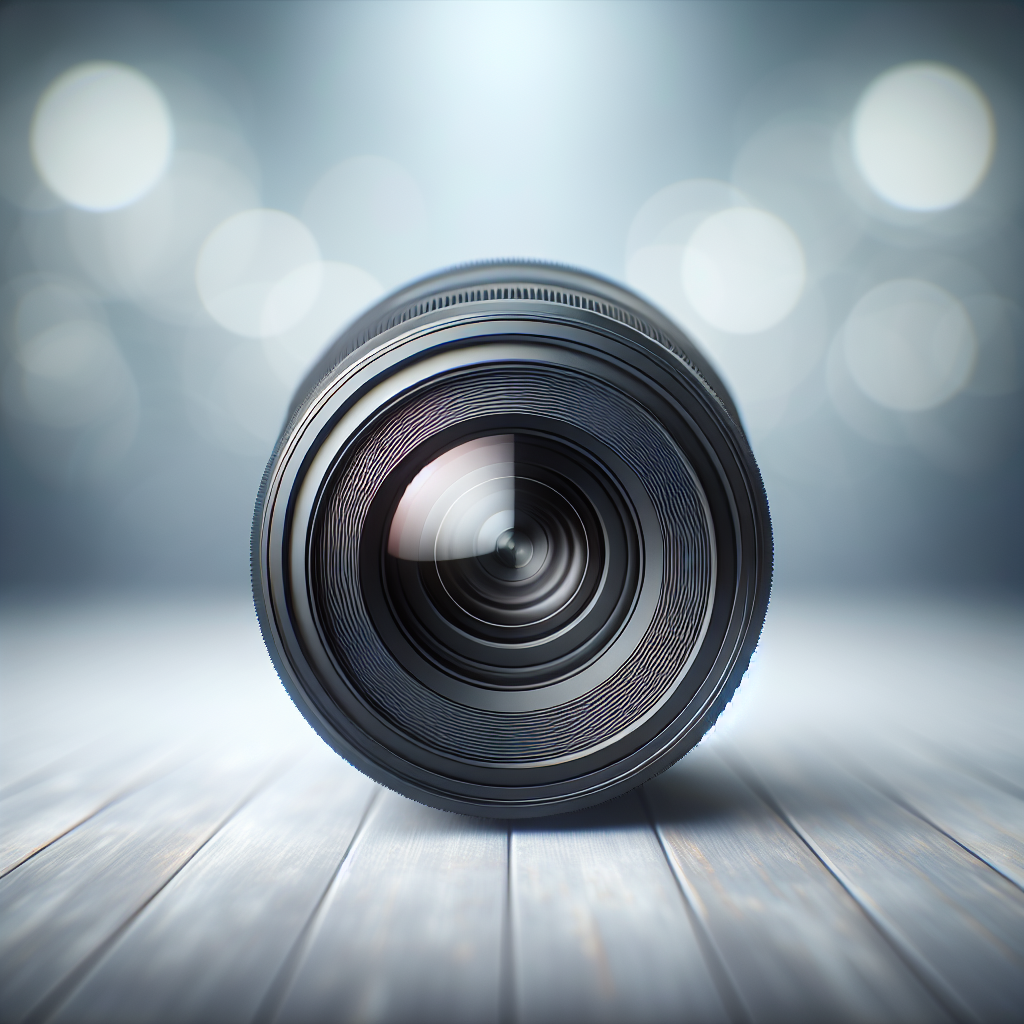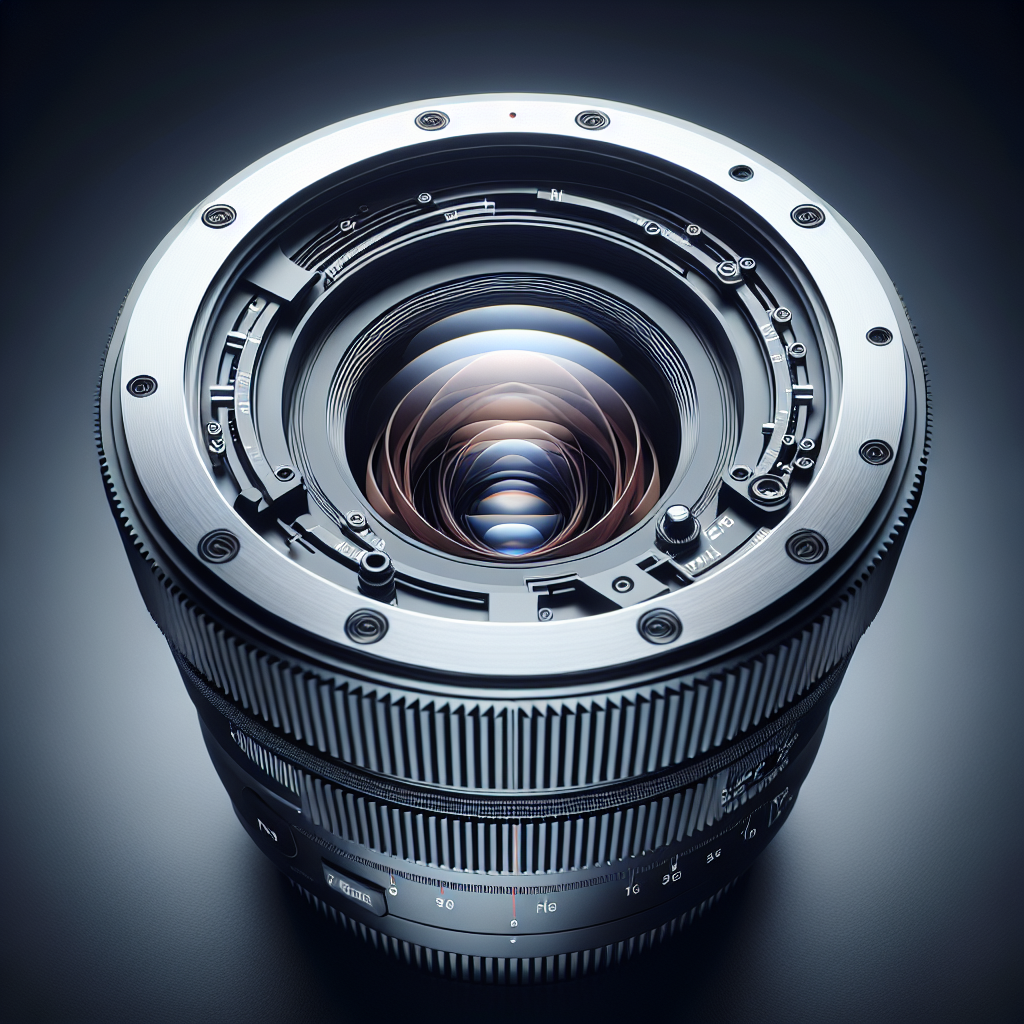Are you looking to upgrade your Sony Alpha a7 III camera lens? Look no further! In this article, we have compiled a comprehensive list of lens comparisons for the Sony Alpha a7 III. Whether you’re a professional photographer or just starting out, finding the right lens can make a huge difference in the quality of your photos. From Canon and Nikon to Sony and Leica, we have covered a wide range of brands and models to help you make an informed decision. So, sit back, relax, and explore our lens comparisons to find the perfect match for your Sony Alpha a7 III.

This image is property of pixabay.com.
Sony Alpha a7 III with Canon EOS R5
Lens options for Sony Alpha a7 III
When it comes to lens options for the Sony Alpha a7 III, photographers have a wide range of choices to suit their specific needs. The a7 III is compatible with Sony’s E-mount lenses, which offers a variety of options for both prime and zoom lenses. Sony has a reputation for producing high-quality lenses that deliver excellent image quality and sharpness. Some popular lens choices for the a7 III include the Sony FE 24-70mm f/2.8 GM, Sony FE 85mm f/1.4 GM, and Sony FE 70-200mm f/2.8 GM OSS.
Lens options for Canon EOS R5
The Canon EOS R5 is part of Canon’s full-frame mirrorless lineup and features the RF lens mount. Canon has been steadily expanding its RF lens lineup, offering a variety of lenses that cater to different shooting styles and preferences. Some popular lens choices for the EOS R5 include the Canon RF 24-105mm f/4L IS USM, Canon RF 50mm f/1.2L USM, and Canon RF 70-200mm f/2.8L IS USM.
Image quality comparison
Both the Sony Alpha a7 III and the Canon EOS R5 are capable of producing stunning image quality. The a7 III boasts a 24.2-megapixel full-frame sensor, while the EOS R5 features a 45-megapixel full-frame sensor. Both cameras offer excellent dynamic range, low noise performance, and high-resolution capabilities. The choice between the two ultimately comes down to personal preference and shooting style.
Price comparison
In terms of price, the Sony Alpha a7 III is generally more affordable compared to the Canon EOS R5. The a7 III is known for its excellent value for money, offering a range of high-end features at a more accessible price point. On the other hand, the EOS R5 is a flagship camera with cutting-edge technology and comes with a higher price tag. It’s important to consider your budget and specific requirements when deciding between these two cameras.
Sony Alpha a7 III with Canon EOS 5D Mark IV
Lens options for Sony Alpha a7 III
Similar to the previous pairing, the Sony Alpha a7 III is compatible with Sony’s E-mount lenses, providing photographers with a wide range of lens options. From wide-angle to telephoto, prime to zoom, there are lenses available to suit every shooting style and preference. Some popular lens choices for the a7 III include the Sony FE 16-35mm f/2.8 GM, Sony FE 50mm f/1.8, and Sony FE 100-400mm f/4.5-5.6 GM OSS.
Lens options for Canon EOS 5D Mark IV
The Canon EOS 5D Mark IV is a highly regarded DSLR camera and is compatible with Canon’s EF lens lineup. Canon offers a wide selection of EF lenses, ranging from wide-angle to telephoto, and prime to zoom. Some popular lens choices for the 5D Mark IV include the Canon EF 24-70mm f/2.8L II USM, Canon EF 50mm f/1.4 USM, and Canon EF 70-200mm f/2.8L IS II USM.
Image quality comparison
Both the Sony Alpha a7 III and the Canon EOS 5D Mark IV deliver excellent image quality, thanks to their advanced sensors and image processing capabilities. The a7 III’s 24.2-megapixel sensor produces high-resolution images with great dynamic range and low noise performance. The 5D Mark IV, on the other hand, features a 30.4-megapixel sensor that captures detailed images with impressive color accuracy. When it comes to image quality, both cameras perform exceptionally well, and the choice between them depends on individual preferences and shooting needs.
Price comparison
In terms of price, the Sony Alpha a7 III is generally more affordable compared to the Canon EOS 5D Mark IV. The a7 III offers excellent value for money, providing photographers with a full-frame camera at a more accessible price point. On the other hand, the 5D Mark IV is a professional-grade DSLR camera with advanced features and comes with a higher price tag. Consider your budget and specific requirements to make an informed decision between these two cameras.
Sony Alpha a7 III with Canon EOS Rebel T7i
Lens options for Sony Alpha a7 III
The Sony Alpha a7 III offers a wide range of lens options to cater to different shooting styles and preferences. With its E-mount, photographers can choose from a variety of prime and zoom lenses to achieve the desired focal length and aperture. Some popular lens choices for the a7 III include the Sony FE 24-105mm f/4 G OSS, Sony FE 50mm f/1.8, and Sony FE 85mm f/1.8.
Lens options for Canon EOS Rebel T7i
The Canon EOS Rebel T7i belongs to Canon’s entry-level DSLR lineup and is compatible with the Canon EF and EF-S lenses. Canon offers a range of lenses suitable for various photography genres, including landscapes, portraits, and wildlife. Some popular lens choices for the Rebel T7i include the Canon EF-S 18-55mm f/4-5.6 IS STM, Canon EF 50mm f/1.8 STM, and Canon EF-S 55-250mm f/4-5.6 IS STM.
Image quality comparison
When comparing the image quality of the Sony Alpha a7 III and the Canon EOS Rebel T7i, there are noticeable differences due to their sensor sizes and technology. The a7 III’s full-frame sensor offers larger pixels, resulting in better low-light performance, dynamic range, and overall image quality. On the other hand, the Rebel T7i’s APS-C sensor provides good image quality but may not perform as well in low-light conditions or offer as much dynamic range.
Price comparison
In terms of price, the Sony Alpha a7 III is higher priced compared to the Canon EOS Rebel T7i. The a7 III is a professional-grade full-frame mirrorless camera, offering advanced features and capabilities, which justifies its higher price point. On the other hand, the Rebel T7i is an entry-level DSLR camera, making it more budget-friendly for beginners or hobbyists. Consider your photography needs, budget, and level of expertise to make the right choice between these two cameras.
Sony Alpha a7 III with Canon EOS 90D
Lens options for Sony Alpha a7 III
The Sony Alpha a7 III is compatible with Sony’s E-mount lenses, providing photographers with a wide range of lens options. Whether you’re looking for prime lenses for portraits or zoom lenses for landscapes, there are lenses available to suit every shooting style and preference. Some popular lens choices for the a7 III include the Sony FE 35mm f/1.8, Sony FE 24-105mm f/4 G OSS, and Sony FE 70-200mm f/2.8 GM OSS.
Lens options for Canon EOS 90D
The Canon EOS 90D is an advanced DSLR camera that uses Canon’s EF/EF-S lens mount system. Canon offers a diverse range of lenses that cater to different photography genres and shooting styles. Whether you’re interested in capturing landscapes, portraits, or wildlife, there are lenses available for every need. Some popular lens choices for the EOS 90D include the Canon EF-S 17-55mm f/2.8 IS USM, Canon EF 50mm f/1.4 USM, and Canon EF 70-300mm f/4-5.6 IS II USM.
Image quality comparison
When it comes to image quality, both the Sony Alpha a7 III and the Canon EOS 90D perform impressively. The a7 III features a 24.2-megapixel full-frame sensor, delivering excellent dynamic range and low-light performance. On the other hand, the EOS 90D boasts a 32.5-megapixel APS-C sensor that captures images with impressive detail and sharpness. While the a7 III’s larger sensor may provide better overall image quality, the EOS 90D’s sensor is no slouch and can produce stunning results in its own right.
Price comparison
In terms of price, the Sony Alpha a7 III is generally higher priced compared to the Canon EOS 90D. The a7 III is a full-frame mirrorless camera with advanced features, making it ideal for professional photographers or enthusiasts who demand top-notch performance. The EOS 90D is more budget-friendly, positioning it as a great option for photographers who want a versatile and capable DSLR without breaking the bank. Consider your photography needs, budget, and specific requirements to determine which camera is the right fit for you.

This image is property of pixabay.com.
Sony Alpha a7 III with Canon PowerShot G7 X Mark III
Lens options for Sony Alpha a7 III
The Sony Alpha a7 III is compatible with Sony’s E-mount lenses, providing photographers with a wide range of lens options. The a7 III supports both full-frame and APS-C format lenses, allowing users to choose the most suitable lenses for their specific shooting needs. Popular lens options for the a7 III include the Sony FE 24-70mm f/2.8 GM, Sony FE 85mm f/1.4 GM, and Sony FE 70-200mm f/2.8 GM OSS.
Lens options for Canon PowerShot G7 X Mark III
The Canon PowerShot G7 X Mark III is a compact camera that features a fixed lens. As such, it does not have interchangeable lens options like the a7 III or other interchangeable lens camera systems. However, the G7 X Mark III comes with a versatile 24-100mm f/1.8-2.8 lens, which covers a wide range of focal lengths and is suitable for various photography genres.
Image quality comparison
Comparing image quality between the Sony Alpha a7 III and the Canon PowerShot G7 X Mark III is a case of comparing a full-frame camera to a compact camera. The a7 III’s full-frame sensor offers better image quality, dynamic range, and low-light performance due to its larger sensor size and advanced technology. The PowerShot G7 X Mark III, while not matching the a7 III in terms of overall image quality, still produces impressive results for a compact camera, especially in well-lit conditions.
Price comparison
In terms of price, the Sony Alpha a7 III is significantly more expensive than the Canon PowerShot G7 X Mark III. The a7 III is a professional-grade full-frame mirrorless camera, offering advanced features and capabilities that justify its higher price point. On the other hand, the G7 X Mark III is a compact camera designed for travel and everyday use, making it a more affordable option for casual photographers or vloggers. Consider your photography needs, budget, and desired level of versatility to make the right choice between these two cameras.
Sony Alpha a7 III with Canon EOS-1D X Mark III
Lens options for Sony Alpha a7 III
The Sony Alpha a7 III is compatible with Sony’s E-mount lenses, providing photographers with a wide range of lens options. Whether you’re shooting portraits, landscapes, or wildlife, there are lenses available for every need. Some popular lens choices for the a7 III include the Sony FE 24-70mm f/2.8 GM, Sony FE 50mm f/1.8, and Sony FE 70-200mm f/4 G OSS.
Lens options for Canon EOS-1D X Mark III
The Canon EOS-1D X Mark III is a flagship DSLR camera that offers compatibility with Canon’s EF lens lineup. Canon’s EF lenses cover a wide range of focal lengths and are known for their optical quality and durability. Some popular lens choices for the EOS-1D X Mark III include the Canon EF 24-70mm f/2.8L II USM, Canon EF 50mm f/1.2L USM, and Canon EF 70-200mm f/2.8L IS III USM.
Image quality comparison
Both the Sony Alpha a7 III and the Canon EOS-1D X Mark III deliver exceptional image quality, thanks to their advanced sensors and image processing capabilities. The a7 III’s 24.2-megapixel full-frame sensor captures detailed images with excellent dynamic range and low-light performance. The EOS-1D X Mark III’s 20.1-megapixel full-frame sensor also produces stunning image quality, with high ISO capabilities and superior autofocus performance. The choice between the two cameras ultimately depends on personal preference and specific shooting needs.
Price comparison
In terms of price, the Sony Alpha a7 III is generally more affordable compared to the Canon EOS-1D X Mark III. The a7 III offers a great balance of performance and value, making it an excellent choice for enthusiasts and professionals on a budget. The EOS-1D X Mark III, being a flagship camera, comes with a higher price tag but offers top-of-the-line features and performance suitable for professional sports, wildlife, and photojournalistic work. Consider your budget, shooting requirements, and desired level of performance to make an informed decision between these two cameras.

This image is property of pixabay.com.
Sony Alpha a7 III with Canon EOS RP
Lens options for Sony Alpha a7 III
The Sony Alpha a7 III is compatible with Sony’s E-mount lenses, providing photographers with a wide range of lens options. From wide-angle to telephoto, prime to zoom, there are lenses available to suit every shooting style and preference. Some popular lens choices for the a7 III include the Sony FE 16-35mm f/2.8 GM, Sony FE 50mm f/1.8, and Sony FE 24-105mm f/4 G OSS.
Lens options for Canon EOS RP
The Canon EOS RP is part of Canon’s full-frame mirrorless lineup and features the RF lens mount. Canon has been steadily expanding its RF lens lineup, offering a variety of lenses that cater to different shooting styles and preferences. Some popular lens choices for the EOS RP include the Canon RF 24-105mm f/4L IS USM, Canon RF 35mm f/1.8 Macro IS STM, and Canon RF 85mm f/1.2L USM.
Image quality comparison
Both the Sony Alpha a7 III and the Canon EOS RP produce impressive image quality, thanks to their full-frame sensors and advanced image processing capabilities. The a7 III’s 24.2-megapixel sensor captures detailed images with excellent dynamic range and low-light performance. The EOS RP’s 26.2-megapixel sensor also delivers high-quality images with good dynamic range and low noise performance. When it comes to image quality, both cameras perform exceptionally well, and the choice between them depends on individual preferences and shooting needs.
Price comparison
In terms of price, the Sony Alpha a7 III is generally higher priced compared to the Canon EOS RP. The a7 III offers advanced features and capabilities, making it an attractive choice for photographers who demand top-notch performance. On the other hand, the EOS RP is a more budget-friendly option in Canon’s full-frame mirrorless lineup, offering excellent image quality and a compact form factor. Consider your budget and specific requirements to make an informed decision between these two cameras.
Sony Alpha a7 III with Canon EOS M50 Mark II
Lens options for Sony Alpha a7 III
The Sony Alpha a7 III offers a wide range of lens options to cater to different shooting styles and preferences. With its E-mount, photographers can choose from a variety of prime and zoom lenses to achieve the desired focal length and aperture. Some popular lens choices for the a7 III include the Sony FE 24-70mm f/2.8 GM, Sony FE 50mm f/1.8, and Sony FE 85mm f/1.8.
Lens options for Canon EOS M50 Mark II
The Canon EOS M50 Mark II is a compact mirrorless camera that uses Canon’s EF-M lens mount system. Canon offers a range of EF-M lenses suitable for various photography genres, including landscapes, portraits, and travel. Some popular lens choices for the EOS M50 Mark II include the Canon EF-M 11-22mm f/4-5.6 IS STM, Canon EF-M 32mm f/1.4 STM, and Canon EF-M 55-200mm f/4.5-6.3 IS STM.
Image quality comparison
Comparing image quality between the Sony Alpha a7 III and the Canon EOS M50 Mark II reveals differences due to their sensor sizes and technology. The a7 III’s full-frame sensor offers larger pixels, resulting in better low-light performance, dynamic range, and overall image quality. The EOS M50 Mark II’s APS-C sensor delivers good image quality, especially in well-lit conditions, but may not match the a7 III’s performance in challenging lighting situations.
Price comparison
In terms of price, the Sony Alpha a7 III is higher priced compared to the Canon EOS M50 Mark II. The a7 III offers advanced features and capabilities, making it a great option for enthusiasts and professionals who demand top-notch performance. On the other hand, the EOS M50 Mark II is a compact and affordable mirrorless camera, making it a suitable choice for beginners or photographers looking for a lightweight and versatile camera. Consider your photography needs, budget, and level of expertise to make the right choice between these two cameras.

Sony Alpha a7 III with Canon PowerShot SX740 HS
Lens options for Sony Alpha a7 III
The Sony Alpha a7 III is compatible with Sony’s E-mount lenses, providing photographers with a wide range of lens options. The a7 III supports both full-frame and APS-C format lenses, allowing users to choose the most suitable lenses for their specific shooting needs. Popular lens options for the a7 III include the Sony FE 24-105mm f/4 G OSS, Sony FE 50mm f/1.8, and Sony FE 85mm f/1.8.
Lens options for Canon PowerShot SX740 HS
The Canon PowerShot SX740 HS is a compact camera that features a fixed lens. As such, it does not have interchangeable lens options like the a7 III or other interchangeable lens camera systems. However, the SX740 HS comes with a versatile 24-960mm f/3.3-6.9 lens, which covers a wide range of focal lengths and is suitable for various photography scenarios.
Image quality comparison
When comparing image quality between the Sony Alpha a7 III and the Canon PowerShot SX740 HS, it’s important to consider the differences in sensor size and overall camera capabilities. The a7 III’s full-frame sensor delivers superior image quality, dynamic range, and low-light performance due to its larger sensor size and advanced technology. The SX740 HS, while not matching the a7 III’s overall image quality, still produces impressive results for a compact camera, especially in well-lit conditions.
Price comparison
In terms of price, the Sony Alpha a7 III is significantly more expensive than the Canon PowerShot SX740 HS. The a7 III is a professional-grade full-frame mirrorless camera, offering advanced features and capabilities that justify its higher price point. On the other hand, the SX740 HS is a compact and affordable camera designed for casual photographers or travel enthusiasts. Consider your photography needs, budget, and desired level of versatility to make the right choice between these two cameras.
Sony Alpha a7 III with Nikon Z7 II
Lens options for Sony Alpha a7 III
The Sony Alpha a7 III offers a wide range of lens options to cater to different shooting styles and preferences. With its E-mount, photographers can choose from a variety of prime and zoom lenses to achieve the desired focal length and aperture. Some popular lens choices for the a7 III include the Sony FE 24-70mm f/2.8 GM, Sony FE 50mm f/1.8, and Sony FE 70-200mm f/4 G OSS.
Lens options for Nikon Z7 II
The Nikon Z7 II is part of Nikon’s full-frame mirrorless lineup and features the Z-mount, which offers a growing selection of lenses. Whether you’re shooting landscapes, portraits, or wildlife, there are lenses available for every need. Some popular lens choices for the Z7 II include the NIKKOR Z 24-70mm f/2.8 S, NIKKOR Z 50mm f/1.8 S, and NIKKOR Z 70-200mm f/2.8 VR S.
Image quality comparison
Both the Sony Alpha a7 III and the Nikon Z7 II deliver exceptional image quality, thanks to their advanced sensors and image processing capabilities. The a7 III’s 24.2-megapixel full-frame sensor captures detailed images with excellent dynamic range and low-light performance. The Z7 II’s 45.7-megapixel full-frame sensor offers higher resolution and can produce highly detailed images with impressive dynamic range. When it comes to image quality, both cameras perform exceptionally well, and the choice between them depends on individual preferences and shooting needs.
Price comparison
In terms of price, the Sony Alpha a7 III is generally more affordable compared to the Nikon Z7 II. The a7 III offers a great balance of performance and value, making it an excellent choice for enthusiasts and professionals who demand top-notch image quality. On the other hand, the Z7 II is a flagship camera with advanced features and a higher price tag. Consider your budget, specific requirements, and desired level of camera capabilities to make an informed decision between these two cameras.
By comparing the lens options, image quality, and price of the Sony Alpha a7 III with different Canon and Nikon cameras, photographers can make an informed decision based on their specific needs and shooting preferences. Whether you prioritize lens selection, overall image quality, or price, there is a camera and lens combination that is perfect for you. Choose wisely and enjoy capturing beautiful moments with your chosen camera system.

